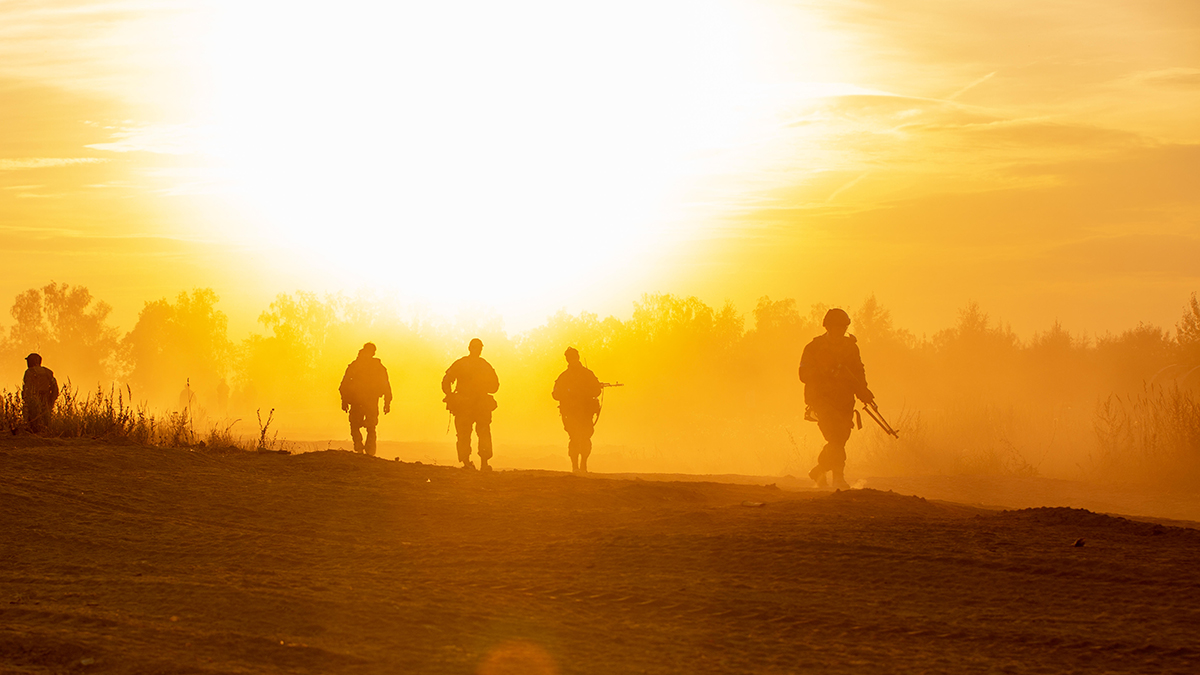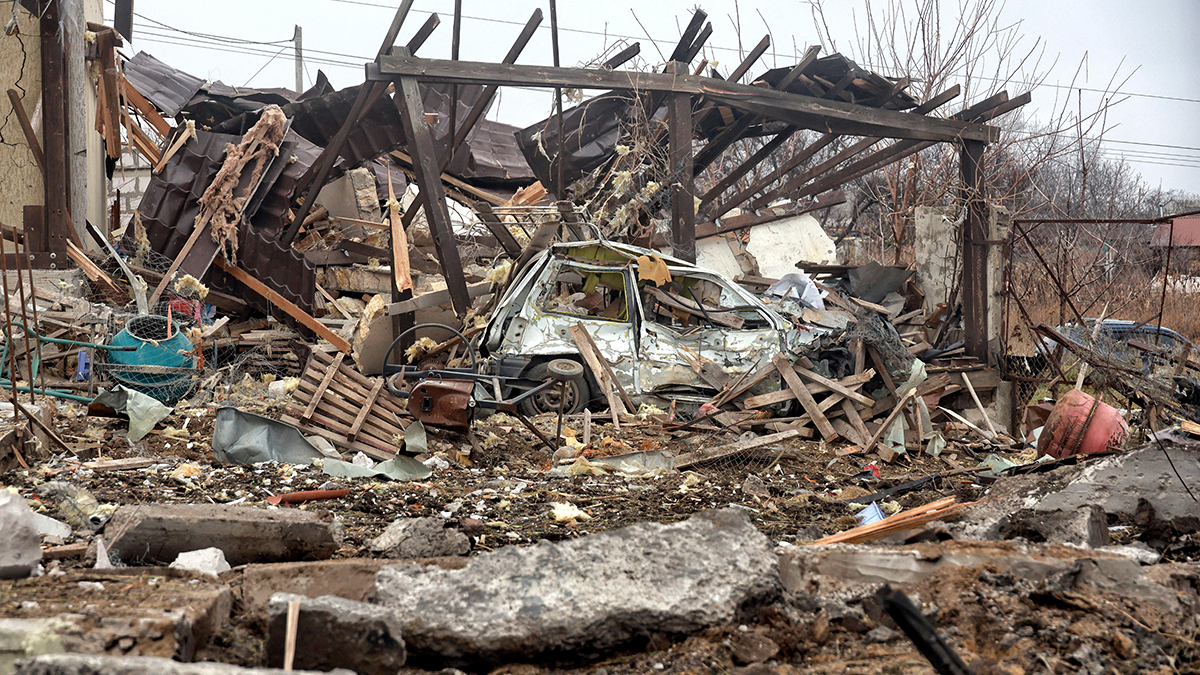A world in crisis: understanding the risk landscape in 2025
While critics have questioned the diplomatic wisdom behind the US president’s policies and their benefit to American households, the profound impact they will have on global supply chains cannot be understated
This year is already set to go down as one of geopolitical realignment on a scale not seen in decades
Last year saw unprecedented geopolitical change: the election of Labour’s Keir Starmer as prime minister in the UK, the return of Donald Trump as president of the US and the ongoing wars in the Middle East and Ukraine have all contributed to a highly polarised global landscape.
The dust is far from settled and 2025 is already set to go down as a year of geopolitical realignment on a scale not seen in decades. For businesses, the exceptional level of volatility has left many unsure of how to navigate and evaluate their risk exposure to the fallout of geopolitical shifts.
Trump’s pursuit of protectionism comes as little surprise when the president has become synonymous with the “Make America Great Again” slogan. Just weeks after taking office for the second time, Trump began his rollout of tariffs against the US’s closest neighbours and allies, including Mexico, Canada, the UK and Europe.
For businesses, the exceptional level of volatility has left many unsure of how to navigate and evaluate their risk exposure to the fallout of geopolitical shifts
While the imposition of these is yet to fully come to fruition, the move has sparked fear across many industries, from oil and gas to food and beverages, of the biggest trade war since the 1930s. While critics have questioned the diplomatic wisdom behind the US president’s policies and their benefit to American households, the profound impact they will have on global supply chains cannot be understated.
This has already forced many global enterprises to explore options with alternative suppliers as they look to avoid being caught up in the looming tariffs. Not only is this a costly exercise for businesses that have spent years cultivating relationships with their trusted manufacturers and distributors, it also requires a leap of faith as new supply chain partners may be unable to guarantee the same level of quality control organisations are accustomed to.
Businesses must ensure they are mitigating the risk of product defects or contamination by investing in product recall services that will provide protection against financial losses and reputational damage that can arise from consumer complaints.
Marine piracy risk
Global businesses that rely on key shipping routes, particularly in the Red Sea, have also felt the impact of geopolitical tensions. On average, marine piracy and armed robbery incidents have stabilised over the past few years. However, the worsening Israel-Gaza conflict has given rise to Houthi attacks on Western commercial and naval ships travelling through the Red Sea. With more than 70 attacks and the deaths of at least three seafarers in 2024, war risk premiums soared from less than 0.1% of the value of an insured vessel to between 0.7% and 1%.
While many businesses have diverted their vessels to take the longer, more fuel-intensive and costly journey around the southern tip of Africa to avoid contact with pirates sailing in the Red Sea or Gulf of Aden, the risk has not completely disappeared. The International Chamber of Commerce’s International Maritime Bureau has urged for continued caution as crew and cargo safety remains at risk, most notably in south-east Asian waters.
The Singapore Strait has been flagged as an area of heightened concern after 12 incidents without clear political motivation were reported between January 1 and February 10, 2025. As a garments and technology manufacturing hub, increasing piracy in this region has the potential to threaten diplomatic relationships and local economies. It could cause significant damage to the global supply of everyday household goods.
Businesses are on the front line of this and must have in place the appropriate level of insurance cover to protect against financial losses that may occur as a result of failing to meet delivery contracts.
High-profile targets
Lone wolf attacks on high-profile targets, especially during times of increased political tension and civil unrest, are not a new trend. However, the role of social media and the increased potential for one incident to influence others has introduced a new layer of complexity for corporations to consider if they are to maintain business as usual.
The murder of the UnitedHealthcare chief executive, Brian Thompson, is a clear example of this. Not only did this shake the insurance industry to its core, but its impact is being felt throughout the West and has now become an incredibly polarised socio-economic debate, with many on social media rallying behind the alleged assailant.
Unfortunately, recent history has proven security measures can only go so far and violent incidents can be inevitable. Businesses, whether they are coffee shops or restaurants, may find themselves caught in the crossfire of a nearby attack and must protect themselves against business interruption costs.
As we move further into 2025 and as businesses navigate this complex environment, it is crucial companies work with insurance providers to understand the full spectrum of their risk exposure and develop tailored insurance solutions that provide adequate protection.
By doing so, they can mitigate the impact of unforeseen, crisis-driven risks and position themselves to respond effectively to the challenges that lie ahead.
Mark Hutton is chief underwriting officer of crisis management at Tokio Marine HCC



